[ad_1]

Overview
Forex trading, as a realm characterized by its dynamic nature and volatility, has undergone profound transformations over the years, particularly with the advent of technological advancements. Central to this evolution is automated Forex signal providers.
Historically, Forex trading was a complex undertaking, reserved mainly for financial institutions and professional traders. Forex signals were manually generated by seasoned traders or analysts who leveraged their expertise and knowledge to interpret market trends.
However, this manual process was inherently time-consuming and prone to human errors. Furthermore, the need for continuous market monitoring and the complexity of Forex trading made it less accessible to novices and individuals without a deep understanding of financial markets.
Fast-forward to the present day, technology has revolutionized the entire Forex trading landscape. Modern automated Forex signal providers, underpinned by state-of-the-art technologies, have emerged as pivotal tools in the industry.
These providers leverage algorithms, artificial intelligence, and machine learning to analyze vast amounts of market data and generate accurate trading signals in real time.
By automating this process, the efficiency and accuracy of Forex trading have significantly improved. Traders no longer need to be glued to their screens, monitoring market trends around the clock.
Furthermore, the complexity of Forex trading has been significantly reduced, making it more accessible to novice traders and individuals without a background in finance.
Looking towards the future, it is expected that technology will further elevate automated Forex signal providers. With advancements in AI and machine learning, big data analytics, and cloud computing, these systems will continue to become more sophisticated and efficient.
The future may also see the integration of technologies like quantum computing and 5G into Forex trading, potentially leading to even faster data processing and real-time signal generation.
Also Read: The RSI Forex Indicator Complete Guide
Understanding Automated Forex Signal Providers

Automated Forex signal providers have revolutionized the Forex trading industry by using advanced technologies like algorithms, machine learning, and artificial intelligence to automatically generate trade ideas.
Traditionally, Forex signals were manually generated by human analysts interpreting complex market data and trends. This method, however, was time-consuming, prone to errors, and required continuous market monitoring.
Automated Forex signal providers have mitigated these challenges. They offer a more efficient, accurate, and less time-consuming solution, eliminating human biases and continually improving their predictive accuracy through self-learning capabilities.
Ultimately, these technology-driven systems have made Forex trading more streamlined, accessible, and efficient.
The use of artificial intelligence further enhances the capabilities of automated Forex signal providers. AI algorithms can understand, reason, and make decisions, mimicking human intelligence.
This allows the systems to make more sophisticated analyses, incorporating various factors such as economic news, market trends, and technical indicators.
The Forex Market and Forex Signals
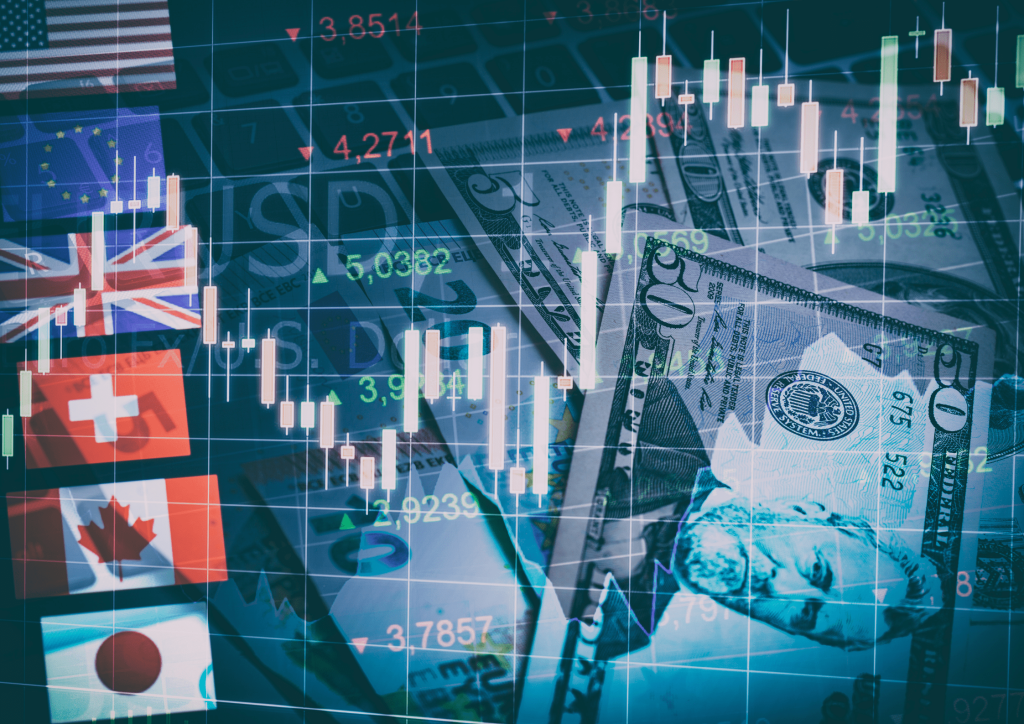
The foreign exchange (Forex) market, which operates around the clock, is the biggest and most liquid financial market in the world. Small-time traders, international banks, and financial institutions are among its participants.
The market’s extreme speed and complexity calls for effective instruments to assist in decision-making, one of which is Forex signals.
The currency market, sometimes known as the forex market, is a decentralized global market where currencies can be bought and sold. It involves a wide range of participants, including financial institutions, banks, corporations, governments, and individual traders, and operates around the clock across time zones.
Due to its enormous size and liquidity, the Forex market is a dynamic and fast-moving environment where currency prices frequently change. Trading professionals use a variety of tools and resources, including Forex signals, to navigate this complicated market and make wise trading selections.
Trading possibilities are highlighted in real-time by forex signals, which are trade ideas. These signals, which are often delivered through email, SMS, or a dedicated platform, specify precise levels for trade entry, exit, and stop loss.
These indications are produced by forex signal providers utilizing either fundamental analysis, technical analysis, or both.
Examining economic data points, current affairs, and geopolitical variables that may affect currency exchange rates are all part of fundamental research. This strategy seeks to comprehend the fundamental economic forces that influence currency movements.
By monitoring and analyzing economic data releases, central bank announcements, and geopolitical developments, fundamental analysts generate signals that reflect their interpretation of market trends and potential trading opportunities.
Technical analysis, on the other hand, focuses on historical price and volume data to identify patterns, trends, and support/resistance levels.
Technical analysts use various tools such as chart patterns, indicators, and oscillators to assess market dynamics and generate signals based on price movements and patterns.
The availability of Forex signals enables traders to access timely and expert insights into the currency market, even if they lack the time, expertise, or resources to conduct in-depth market analysis themselves.
Forex signals help traders to identify potential trading opportunities, manage risk through predefined stop-loss levels, and optimize their trading strategies.
Understanding Automated Forex Signal Providers
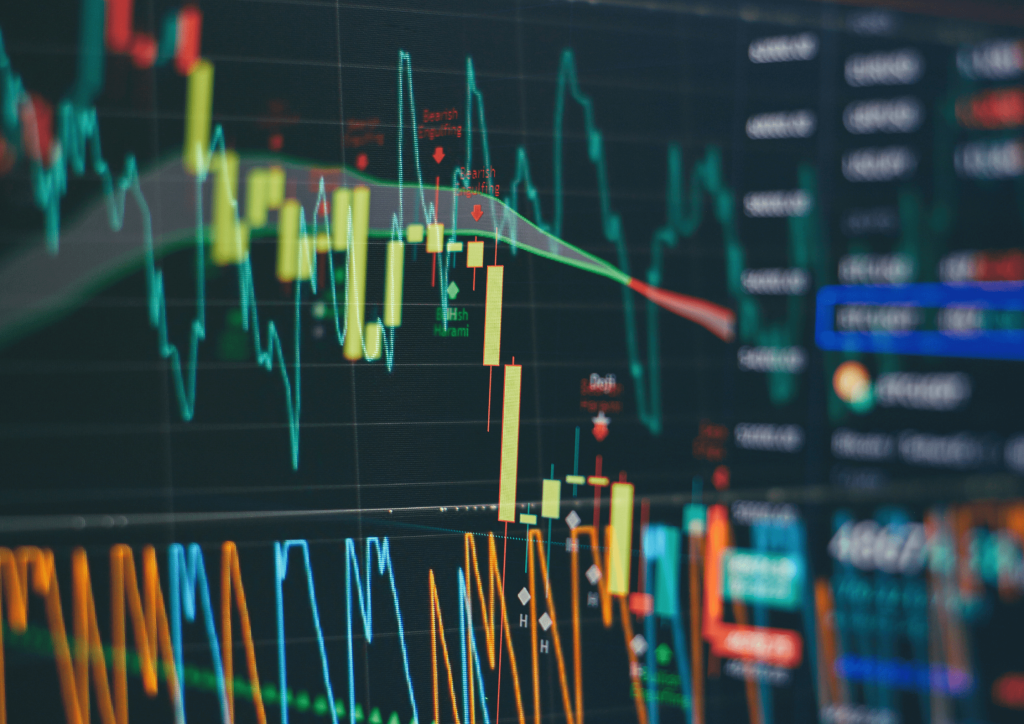
Automated Forex signal providers are an advanced version of traditional signal providers. Rather than relying on human analysis, they leverage algorithms, artificial intelligence (AI), and machine learning (ML) to process vast amounts of data and predict market trends.
This shift from manual analysis to automation has significant implications for efficiency, accuracy, and the democratization of Forex trading.
The Role of AI and ML in Automated Forex Signal Providers

AI and ML are vital components in automated Forex signal providers, revolutionizing their capabilities. ML enables these systems to learn from historical market data and continuously refine their predictive algorithms.
By analyzing large volumes of data, ML algorithms identify patterns and trends that may not be evident to human analysts. This iterative learning process enhances the accuracy of the signals generated over time.
AI, on the other hand, simulates human intelligence processes such as learning, reasoning, and self-correction. It enables the systems to process vast amounts of data quickly and accurately, minimizing the risk of human error and making the process more efficient.
Together, AI and ML empower automated Forex signal providers to generate more precise and timely trade ideas.
The integration of AI and ML also enables automated Forex signal providers to adapt to changing market conditions. These technologies allow the systems to analyze real-time data and adjust their strategies accordingly.
By staying responsive to market dynamics, they ensure that the signals generated remain relevant and accurate. This adaptability is crucial in the fast-paced Forex market, where timely decision-making is essential.
Big Data Analytics and Its Importance
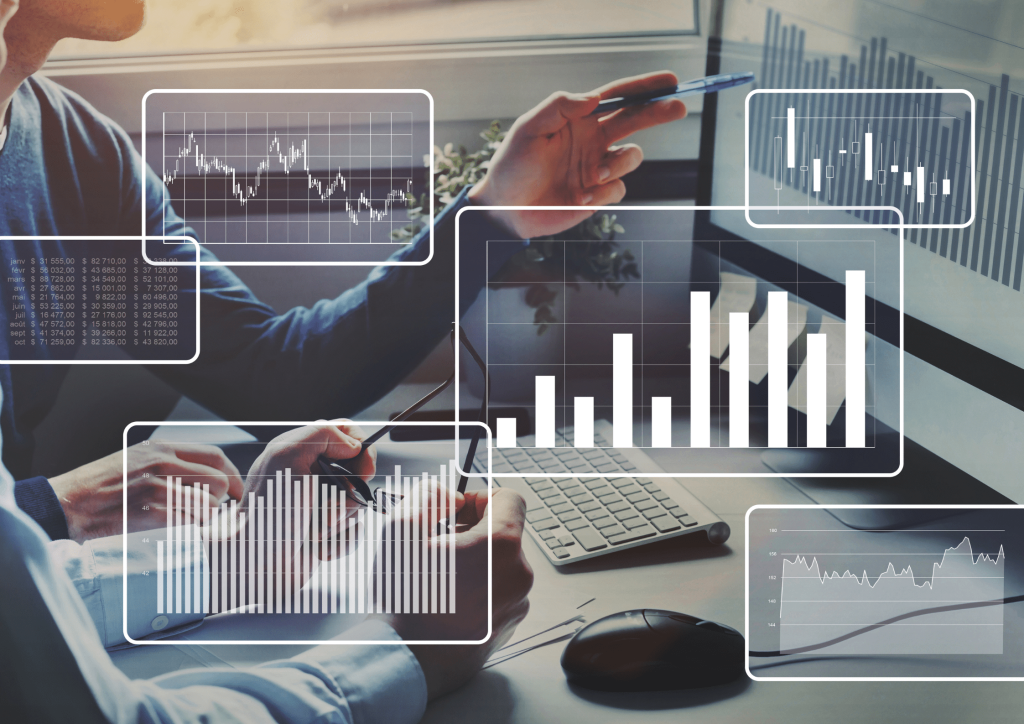
Big data analytics plays a pivotal role in the effectiveness of automated Forex signal providers. With the massive volume of structured and unstructured data available in the Forex market, these systems utilize big data analytics to analyze and derive valuable insights.
By processing large datasets, automated Forex signal providers can identify patterns, correlations, and market trends that are essential for generating accurate trade signals.
The real-time nature of the Forex market necessitates the ability to process data in a timely manner. Big data analytics enables automated Forex signal providers to handle vast amounts of real-time trading data, economic news, and market statistics.
By analyzing this data in real time, these systems can capture the most up-to-date market conditions and swiftly respond to changing dynamics. This ensures that the trade signals generated are based on the most current information available.
The insights derived from big data analytics contribute to more informed and data-driven trading signals.
By analyzing historical market data and real-time information, automated Forex signal providers can identify trends and patterns that may not be apparent through manual analysis alone.
Blockchain Technology and Forex Signals

Blockchain technology holds the potential to revolutionize the realm of automated Forex signal providers. Known primarily for its association with cryptocurrencies, blockchain offers a range of benefits that can enhance the trust and security of these systems.
By providing a transparent and decentralized ledger of transactions, blockchain technology ensures the immutability and integrity of trading signals.
By storing trading signals on a blockchain, automated Forex signal providers can create a tamper-proof record of their signals’ generation and distribution.
The decentralized nature of blockchain eliminates the need for a central authority, reducing the risk of manipulation or unauthorized alterations.
This transparency and immutability enhance trust among traders, as they can verify the authenticity and accuracy of the signals they receive.
Furthermore, blockchain technology can provide an added layer of security to the transmission and storage of the best Forex signals. The use of cryptographic techniques ensures that the signals are securely transmitted and received by traders.
The decentralized nature of blockchain also reduces the vulnerability to cyberattacks or data breaches, as there is no central point of failure.
The Impact of High-frequency Trading (HFT) Algorithms
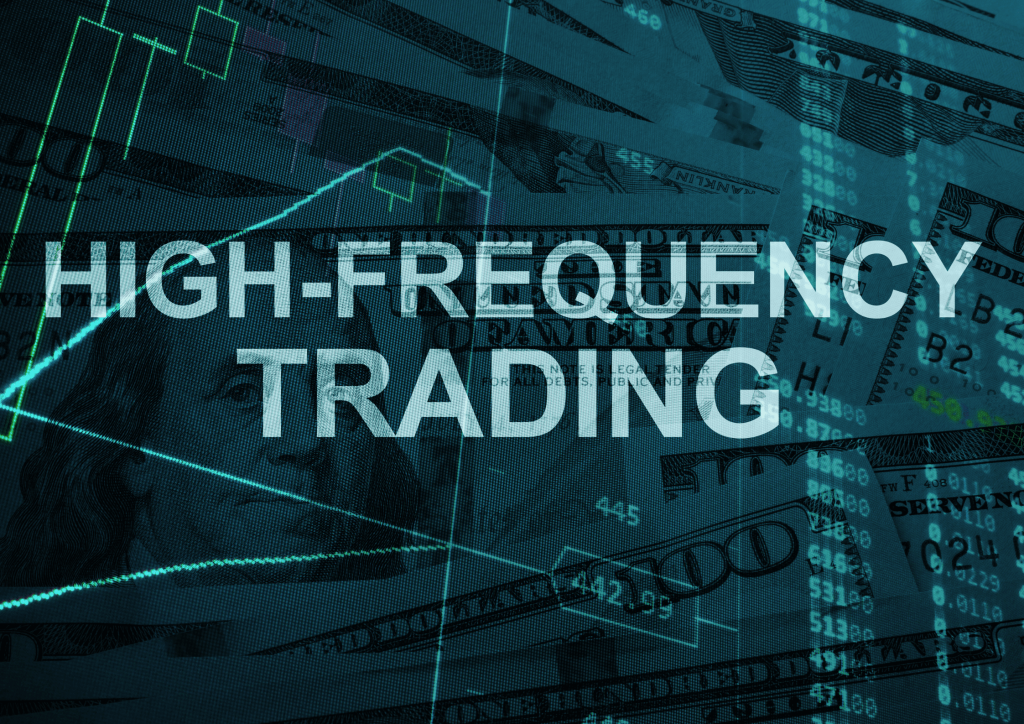
The rise of high-frequency trading (HFT) algorithms has had a significant impact on automated Forex signal providers. HFT involves the use of advanced computer algorithms to execute a large number of trades within incredibly short timeframes, often in fractions of a second.
This technology-driven approach enables automated Forex signal providers to process vast amounts of data at unparalleled speeds, providing traders with the ability to swiftly respond to market changes.
HFT algorithms are designed to capitalize on minute price fluctuations and exploit short-term market inefficiencies. By analyzing and interpreting real-time market data with remarkable speed, these algorithms can identify trading opportunities and execute trades in a near-instantaneous fashion.
This rapid execution enables traders to take advantage of fleeting market conditions, maximizing potential profits and minimizing risks.
Automated Forex signal providers incorporate HFT algorithms to enhance the efficiency and responsiveness of their systems. By leveraging these algorithms, these providers can swiftly process incoming market data, identify potential trading opportunities, and generate signals in real time.
This real-time responsiveness is crucial in the fast-paced Forex market, where split-second decisions can make a significant difference in trading outcomes.
The Role of Cloud Computing

The role of cloud computing in automated Forex signal providers cannot be understated. By leveraging cloud technology, these services have become more accessible, cost-effective, and user-friendly.
Cloud computing eliminates the need for traders to download and install software on their local machines, as the services are hosted and delivered through the cloud.
This convenience allows traders to access automated Forex signal providers from any device with an internet connection, providing flexibility and mobility.
Cloud computing also eliminates the burden of manual software updates. With cloud-based services, updates, and maintenance tasks are handled by the service provider, ensuring that traders have access to the latest features and improvements without any effort on their part.
This streamlined process saves time and ensures that traders are always utilizing the most up-to-date version of the automated Forex signal provider.
Furthermore, cloud computing democratizes Forex trading by removing barriers to entry. In the past, engaging in Forex trading required significant technical knowledge and financial resources to set up and maintain trading infrastructure.
However, with cloud-based signal providers, even novice traders with limited technical know-how can access sophisticated trading tools and strategies.
Cloud computing levels the playing field, making Forex trading more inclusive and accessible to a broader range of individuals.
Future Perspectives
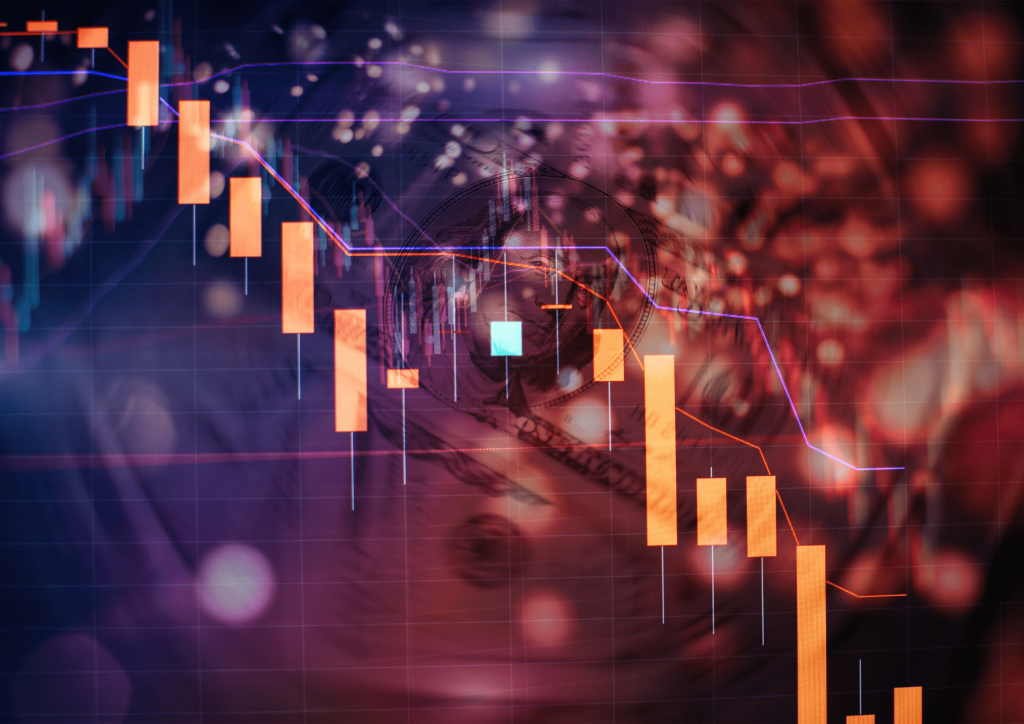
The future of automated Forex signal providers holds immense potential as technology continues to advance. Advancements in AI and ML will lead to more sophisticated and refined algorithms, improving the accuracy and effectiveness of signal generation.
As these systems learn from vast amounts of historical and real-time data, they will become even better equipped to predict market trends and generate high-quality trade ideas.
The emergence of quantum computing also offers exciting possibilities for automated Forex signal providers.
Quantum computing’s immense computational power and ability to process complex data sets could revolutionize the speed and accuracy of analysis in Forex trading.
This technology has the potential to significantly enhance the efficiency and capabilities of automated Forex signal providers, enabling faster decision-making and more accurate predictions.
In addition, the advent of 5G and the Internet of Things (IoT) will contribute to the future development of automated Forex signal providers.
5G networks will provide faster and more reliable connectivity, enabling real-time transmission of data and signals.
The IoT will further enhance data collection and analysis by integrating a vast network of interconnected devices and sensors, generating valuable insights for Forex trading.
These advancements will lead to more seamless and efficient delivery of Forex trading signals, empowering Forex traders with timely and accurate information.
Also Read: How Does Social Trading Work?
Conclusion
In conclusion, the role of technology in automated Forex signal providers has brought about a significant transformation in the Forex trading industry. The adoption of technologies such as AI, ML, big data analytics, blockchain, HFT algorithms, and cloud computing has revolutionized these systems, enhancing their precision, efficiency, and accessibility.
Traders can now benefit from more accurate and timely trade ideas, streamline their decision-making process, and improve their overall trading outcomes.
However, it is essential for traders to approach these technological advancements with caution and due diligence. While automated Forex signal providers offer numerous advantages, it is important to recognize the inherent risks involved in Forex trading and understand that these systems are tools, not guarantees of success.
Traders should conduct thorough research, analyze the signals provided, and combine them with their own knowledge and judgment.
Looking ahead, the future of Forex trading is undeniably intertwined with technology. As technology continues to advance, we can anticipate more sophisticated systems that leverage AI, ML, and other emerging technologies.
This ongoing digital transformation is ushering in a new era of Forex trading, replacing traditional manual analysis with automated, data-driven decision-making processes. It is an exciting time for traders as they embrace the possibilities offered by technology to navigate the ever-evolving Forex market.
Frequently Asked Questions
Are automated Forex signal providers suitable for beginner traders?
Yes, automated Forex signal providers can be beneficial for beginner traders. These systems leverage advanced technologies to generate trade ideas, reducing the need for in-depth Forex market knowledge and analysis.
They provide novice traders with insights and recommendations based on real-time market data, helping them make more informed trading decisions. However, it is essential for beginners to understand the risks involved and to supplement the signals with their own understanding of the market.
Can automated Forex signal providers guarantee profitable trades?
While automated best Forex signal providers can provide valuable trade ideas, it is important to note that there are no guarantees of profitable trades. The Forex market is inherently volatile and influenced by numerous factors.
Automated systems are designed to analyze market data and generate signals based on historical patterns and indicators. However, market conditions can change rapidly, and unexpected events can impact currency prices. Traders should exercise caution, perform their own analysis, and manage risk appropriately.
How can I choose a reliable automated Forex signal provider?
When selecting an automated Forex signal provider, there are a few factors to consider. Look for providers with a track record of accurate signals and positive user feedback. Transparency is key, so ensure that the provider provides clear information on their methodology, performance metrics, and risk management strategies.
Additionally, consider the level of customer support and responsiveness of the provider. It is also important to evaluate the pricing structure and any additional features or services offered. Conducting thorough research and due diligence can help in selecting a reliable and reputable automated Forex signal provider.
[ad_2]
Source link


